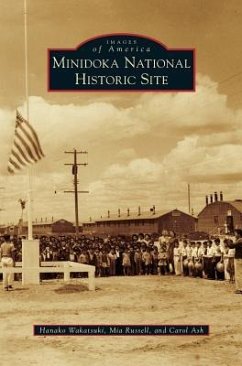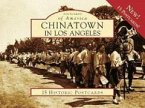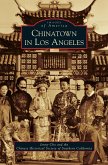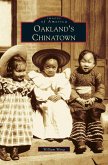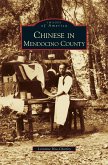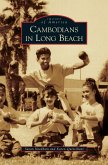In the vast sagebrush desert of Southern Idaho, Minidoka War Relocation Center had a short-lived and painful existence. The wartime operation incarcerated over 13,000 American citizens and legal resident aliens of Japanese ancestry from August 1942 to October 1945. They were forcibly removed from their homes along the West Coast--primarily from Washington, Oregon, and Alaska--as a result of Executive Order 9066, signed by President Roosevelt on February 19, 1942. Their only crime was looking like the enemy. For three years, the men, women, and children endured uncertainty, created community, and demonstrated resilience, creativity, and patriotism. Today, Minidoka National Historic Site protects the legacy of the incarceration history and its important lessons in civil liberties.

